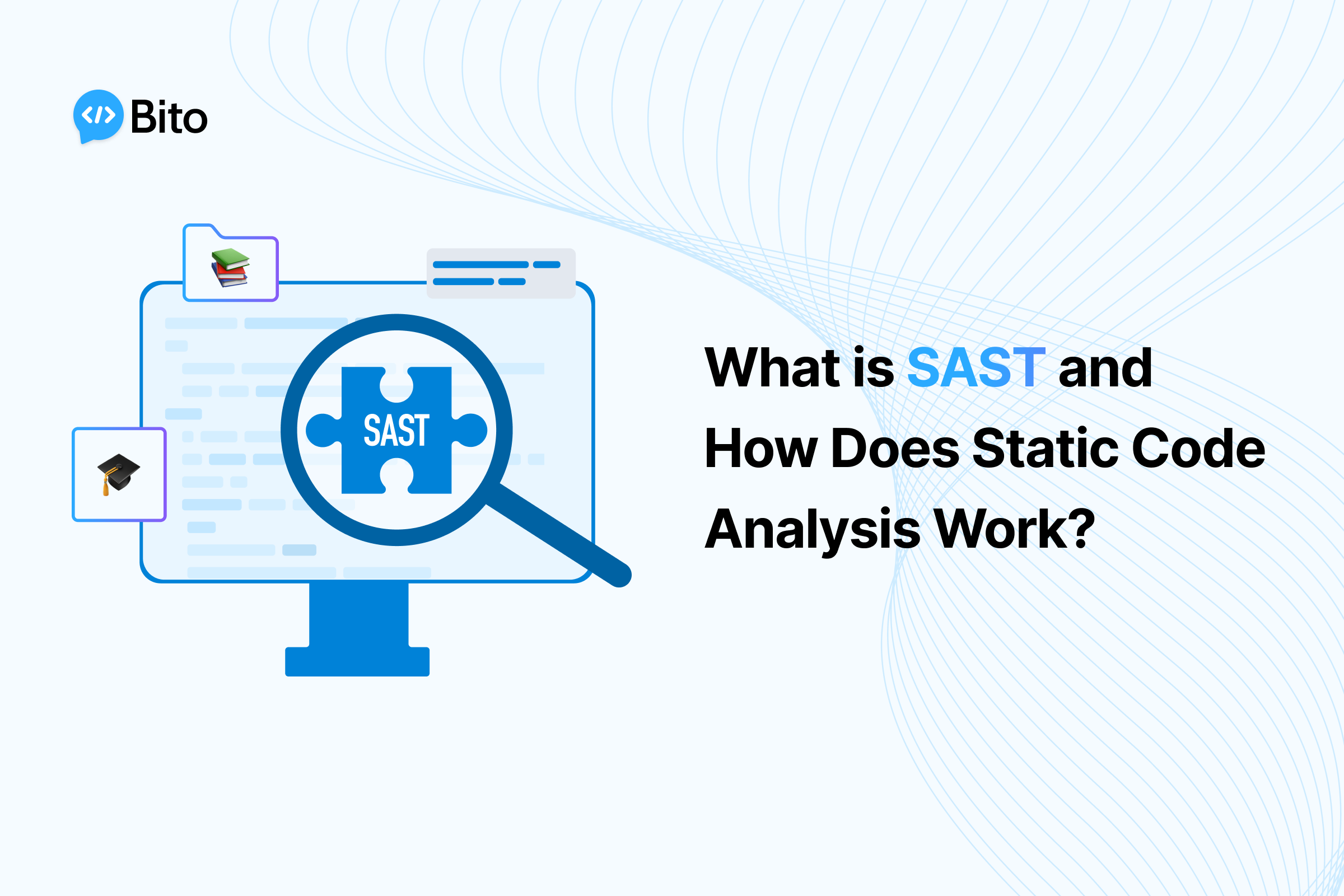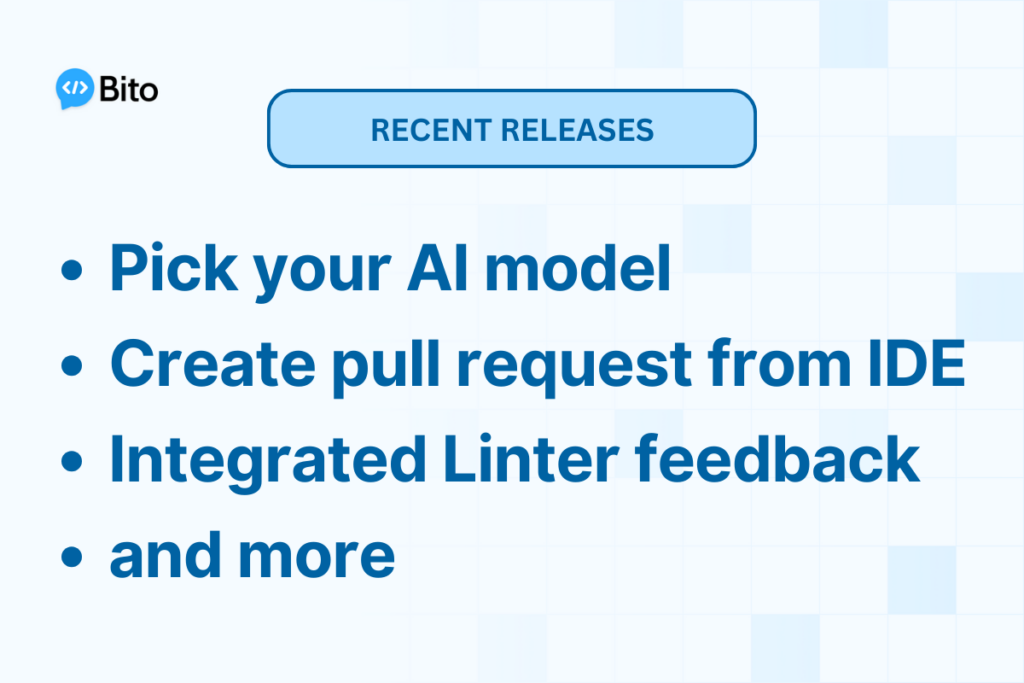Static application security testing (SAST), also known as static analysis, is a software testing methodology that analyzes an application’s source code, binaries, or bytecode for security vulnerabilities. SAST aims to identify weaknesses in code that could lead to exploitable vulnerabilities long before the code makes its way into a production environment.
In contrast to dynamic testing techniques like DAST that test applications while they are running, SAST performs analysis on application code that is not currently executing. By examining source code, libraries, data flows, configuration files and more, SAST can find vulnerabilities that would be difficult or impossible to identify through dynamic testing alone.
SAST has become an increasingly important tool for organizations that want to adopt DevSecOps practices and “Shift Left Security” by finding and remediating vulnerabilities earlier in the software development life cycle (SDLC). This introductory guide will explain what SAST is, why it provides important value, how it works, and key steps for using it effectively.
What Problems Does SAST Solve?
SAST addresses several key challenges organizations face in developing secure software:
- Finding vulnerabilities early. SAST enables developers to identify and remediate vulnerabilities in source code rather than waiting until dynamic testing later in the SDLC. The earlier vulnerabilities are found, the less expensive and impactful they are to fix.
- Improving application security. By empowering developers to find and fix issues early in development, SAST improves the overall security posture of applications before they reach production.
- Reducing risk.SAST reduces the likelihood that vulnerabilities will reach production environments where they put the organization at greater risk for compromise.
- Increasing developer productivity. SAST is automated, fast, and provides developers direct feedback in the IDE while coding. This makes it more efficient than manual code reviews.
- Covering more of the application.SAST can analyze 100% of an application’s source code, including code paths rarely exercised during dynamic testing.
Why is SAST an Important Security Activity?
SAST plays a critical role in modern application security programs for several reasons:
- Developers dramatically outnumber security staff. It’s challenging for organizations to manually review all source code for security with limited AppSec resources. SAST allows automated analysis of 100% of code.
- SAST is significantly faster than manual review. SAST tools can scan millions of lines of code in minutes, whereas manual code review is extremely time consuming.
- SAST finds vulnerabilities traditional testing can miss SAST can identify vulnerabilities like SQL injection, buffer overflows, and hardcoded credentials that dynamic testing often misses.
- SAST enables earlier, less costly remediation. Fixing vulnerabilities in development is exponentially less expensive than fixing them once in production.
- SAST improves overall code quality. SAST not only finds security vulnerabilities, but also identifies code quality issues that could lead to problems down the road.
For these reasons, integrating SAST into the SDLC results in more secure, higher quality code and reduced risk across the application portfolio.
How Does SAST Work?
SAST conducts deep analysis of application source code, libraries, data flows, configurations, and more to identify security vulnerabilities without executing the program. Here’s an overview of how modern SAST tools analyze code:
Scanning Source Code
SAST tools scan through source code in programming languages like Java, JavaScript, C#, PHP and others to detect code resembling common vulnerable patterns. For example:
- SQL injection vulnerabilities from concatenated SQL queries
- Weak cryptography from hardcoded passwords and keys
- Cross-site scripting (XSS) flaws from unchecked user input
Data Flow Analysis
SAST performs data flow analysis to trace the flow of data through the code and understand how it interacts with other code segments. This allows it to detect vulnerabilities like:
- Improper access control when restricted data is accessible
- Leaking of sensitive data to log files or error messages
Pattern Matching
SAST tools use pattern matching to detect code resembling known insecure coding practices that could introduce vulnerabilities based on common “weak spots” identified over decades.
Platform/Library Analysis
SAST understands complex frameworks and libraries that application code interacts with to determine how they impact security analysis of data and control flows in the code.
By leveraging these technical approaches, SAST provides a detailed picture of an application’s attack surface and where it is vulnerable to exploitation.
Key Steps for Using SAST Effectively
To implement an effective SAST program that provides maximum security value, organizations should follow these best practices:
Select the Right SAST Tool
Choosing the right SAST tool is essential, as coverage and accuracy vary significantly across products. Consider capabilities for:
- Languages and frameworks used
- Integration with IDEs and build tools
- Custom rules to tailor to environment
- Reporting and analytics
- Developer workflow integration
Leading analyst firms like Gartner and Forrester evaluate SAST vendors and solutions using criteria like these.
Set Up Infrastructure
Deploy SAST scanning infrastructure taking into account:
- Scaling for organization size
- Integrating with SDLC systems like IDEs, source control, tickets, logs, code repos
- Authentication and access controls
Resource provisioning for scanning workload
Customize and Configure
Tune SAST tools via configuration, custom rules, and policies to:
- Minimize false positives
- Detect additional vulnerabilities specific to the organization
- Update findings and severity levels
Onboard Applications
Onboard applications and begin scanning regularly:
- Prioritize high risk applications first
- Integrate scans into CI/CD pipeline as early as possible
- Configure for daily/weekly scans during development
- Scan during code commits and pull requests
Analyze Results
Analyzing and acting on results is critical for SAST success:
- Review findings and triage false positives
- Track issues through remediation and correlate with testing
- Measure vulnerability trends across applications
- Monitor most common weaknesses
Provide Training
Developer training helps maximize SAST value. Training should cover:
- Secure coding practices to avoid common weaknesses
- How to remediate common vulnerability types
- Integrating SAST into existing workflows
- Interpreting scan results and addressing false positives
Implement Governance
Establish SAST governance to enforce security policies and compliance:
- Make SAST usage mandatory for all application development
- Integrate SAST into procurement and vendor selection
- Include SAST scan results in risk metrics and reporting
By following these steps, organizations can build an effective SAST program that catches vulnerabilities early, enhances security posture, increases developer productivity, and minimizes risk.
SAST Tools
There are a wide variety of commercial and open source SAST tools available. Here are some of the most popular options:
Commercial SAST Tools
- Synopsys Coverity: Powerful commercial SAST tool for multi-language support, scalability, accuracy, and integration. A leader in the Forrester Wave for SAST and Gartner Magic Quadrant for AST.
- Checkmarx Commercial : SAST tool for integrated scanning capabilities and AppSec program management features.
- Veracode : Cloud-based commercial SAST scanning designed for seamless integration into CI/CD pipelines.
Open Source SAST Tools
- SonarQube: Popular open source SAST tool that integrates with CI/CD pipeline and IDEs. Provides useful dashboards and reporting.
- SpotBugs: Static analysis tool designed specifically for Java bytecode. Easy to integrate into build processes.
- RATS : Lightweight open source SAST tool focused on C, C++, Python, PHP, and Java.
When evaluating SAST tools, be sure to consider language and integration support, accuracy, scalability, and overall effectiveness for the organization based on factors like size, codebase complexity, and skill level.
SAST vs. DAST
While SAST and dynamic application security testing (DAST) both aim to identify vulnerabilities, they take different approaches:
| SAST | DAST |
| Analyzes source code for vulnerabilities | Tests running application for vulnerabilities |
| White-box approach | Black-box approach |
| Executes early during development | Executes later against running application |
| Fast and cost effective | Provides validation but can be slower and resource intensive |
| Finds vulnerabilities traditional testing often misses | Limited to test cases and execution paths |
SAST and DAST are complementary techniques that are both important for a comprehensive AppSec program. However, SAST provides the ability to find and remediate vulnerabilities much earlier in the software development life cycle – often drastically lowering the cost to fix compared to finding them dynamically.
For highly complex modern applications, SAST coupled with DAST testing can provide the most robust method for identifying vulnerabilities before they reach production.
Conclusion
Static application security testing enables organizations to find security vulnerabilities in source code early in the software development life cycle when they are least expensive to remediate. By understanding what SAST is, why it provides value, how it works, and following best practices for usage, development teams can integrate SAST into their workflows and release higher quality, more secure code.Pairing SAST capabilities with testing methods like DAST and robust developer training enables organizations to release software with minimized risks. SAST is a must-have capability for any application security program that aims to proactively improve application security posture.






